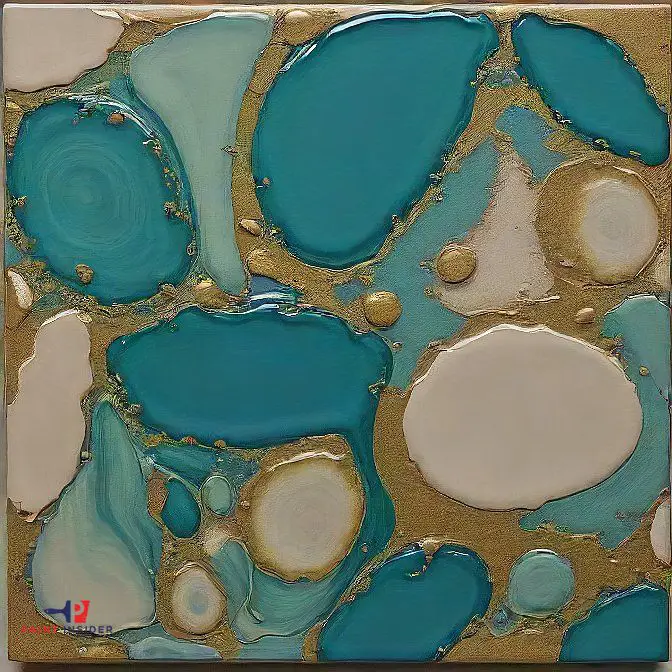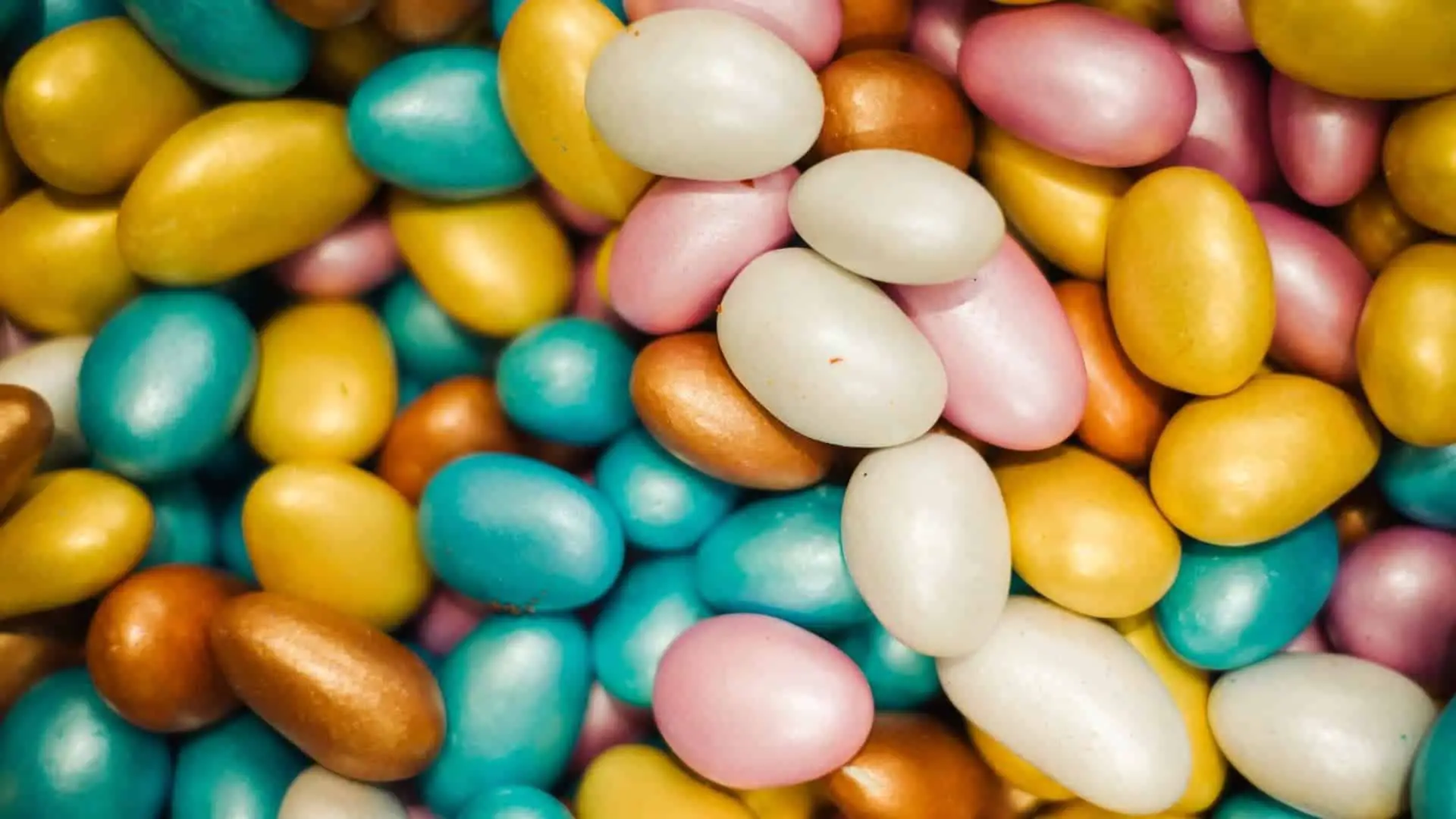Do you like to apply glaze over your painting work? well, You don’t have to be a professional painter to figure out how to produce fine art through painting, This article will walk you through simple DIY steps to discover how to apply glaze over paint.
Introduction
First things first, what’s a glaze? Simply put, the glaze is a thin cloudy layer of art that changes the presence of the fundamental paint layer. Coatings can change the chroma, worth, and shade of a surface.
Coatings comprise a lot of binding mediums with about a modest quantity of shade. Drying time will rely upon the sum and sort of paint medium utilized in the coating. The carrier base is the mixture to which the parched shade is augmented. Unique tools can increase or curtail the rate at which oil colors dry.
Regularly, because the color is excessively hazy, professionals will add a medium such as an alkyd to the lacquer to make it more flexible for coating. While these media are generally fluids, there are strong and semi-strong media utilized in the creation of paints too. For instance, numerous traditional oil painters have additionally been known to utilize ground glass and semi-strong tars to build the clarity of their paint.
Preparing Your Painted Surface Properly
To get a great finish when applying glaze over paint, preparing your surface is key. Start by making sure your base coat is dry and cured, which can take several days depending on the paint type. A well-prepped surface helps the glaze stick and prevents peeling or bubbling later. Use fine-grit sandpaper to lightly scuff the surface, creating a texture for the glaze to adhere to without changing the color or finish of the original paint.
Next, clean off any dust from sanding with a damp cloth and let it dry completely. Some experts suggest applying primer where you want the glaze to have more depth or special effects; this helps the glaze stick and adds subtle sheen variations that enhance your project. Once you’ve done these steps, you can smoothly apply the glaze, which not only improves durability but also sparks creativity as you layer different textures and tones!
Steps To Follow When Applying Glaze over Paint
Step 1. The coating works best on half-shiny or rubber color textures. Level paints don’t take coats well, so stay away from the level paints! There is a wide range of coatings accessible that you can exploit, or you can blend your coatings. There should be in any event one layer of finish on a superficial level to be coated, and you will need to have your piece sanded so the coating can get into those regions and add definition and age.
Step 2. Apply the coating with a brush, roller, or cloth on the off chance that you are chipping away at seats or more modest household items with bunches of detail, it is ideal to utilize a brush/cloth for application to get into the entirety of the little hiding spots. The coating dries before long you need to work quickly! It is suggested that you work in 2-foot segments all at once.
The measure of coating medium you add to the paint can influence the shade of the coating. At the point when you’re utilizing lighter paint tones, a 4-to-1 combination won’t influence the estimation of the tone. In any case, hazier tones might be modified to lighter shading esteem when blended in with a lot of coats. It’s in every case best to try different things with the tone on a piece of banner board.
Step 3. When you have the coating rolled or brushed on, you have around 20 minutes to work that zone. The clarity of the coating is controlled by how much paint you add: more paint than coat brings about less clarity; less paint than coat brings about more clarity. It should be noted that the trick to a desired glaze is the texture of the surface. A much less shiny paint will lock the covering appropriately and permit an individual to control the coating and maintain the appearance of the paint.

Step 4. When the main layer of coating is dry, you can return and rehash the application for a more profound impact; it is absolutely up to you concerning what look you are going for. Eventually, on the off potential for success that you have back and take a gander at your coating position and feel like you were a little substantial or lopsided in a specific region, mess with a sanding wipe and mix that zone.
It must be noted that you must increase your working pace since you have around 10 to 20 minutes of working with the coating before it dries out completely. You can accelerate the dry-up duration by adding a paint additive to the mixture. In light of the time requirements, it’s generally best to work in 2′ segments.
Step 5. Apply at any rate two layers of water-based poly to secure your surface. You might decide to do this contingent upon the piece you are coating, however, I strongly suggest fixing it if it will get heaps of mileage. Ensure that you use water-based polyurethane over water-based coatings and oil-based over oil coats for consistency. I generally use water-based items, yet simply needed to put that out there!
Simply recollect that there are no “botches,” just freedoms to learn and dominate new strategies! Mess around with it, and appreciate the glow and age that coating adds to your painted works of art.
Common Mistakes to Avoid When Glazing
One of the most frequent mistakes when glazing is not allowing the base paint to dry completely. Rushing this step can lead to a murky finish instead of the desired depth and richness. It’s essential to wait for at least 24 hours after painting before applying a glaze to ensure a clean, crisp application that won’t disturb your underlying work. Additionally, many forget to test their glaze mixtures on a scrap piece first, which can save you from potential disappointment on your final project.
Another common pitfall is using too much glaze or applying it unevenly. A heavy hand can result in overwhelming color saturation that obscures the beautiful layers beneath. Instead, apply thin coats and build up gradually. It’s far easier to add than to remove! Lastly, neglecting proper tools can drastically affect your results; using a soft brush or even a sponge for application ensures seamless blending without harsh lines. By being mindful of these factors, you’ll achieve a stunning finish that enhances rather than overshadows your work with ease.
Conclusion
Applying glaze over paint can transform a simple wall into a captivating visual masterpiece, but the key lies in understanding the nuances of this technique. Knowing when and how to apply your glaze can dramatically enhance depth and texture. For instance, using a transparent glaze not only allows the underlying paint to shine through but also creates an ethereal quality that ordinary paint cannot achieve on its own. The choice of color for your glaze can subtly alter the entire atmosphere of a room soft earth tones bring warmth, while cooler hues add a refreshing touch.
Consider experimenting with different application methods to discover what resonates best with your creative vision. Techniques like rag rolling or sponge painting invite variety and personality into your work, allowing every brushstroke to tell a unique story. Additionally, always remember that practice makes perfect; don’t shy away from testing on smaller surfaces before committing to larger areas. In essence, mastering the art of glazing isn’t just about following instructions, it’s about exploring possibilities and unleashing creativity within yourself. Embrace the process as it unfolds!

